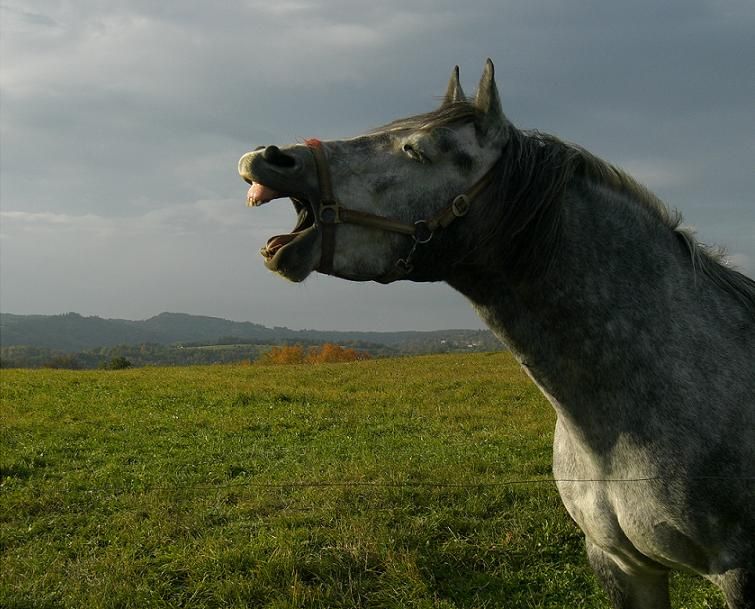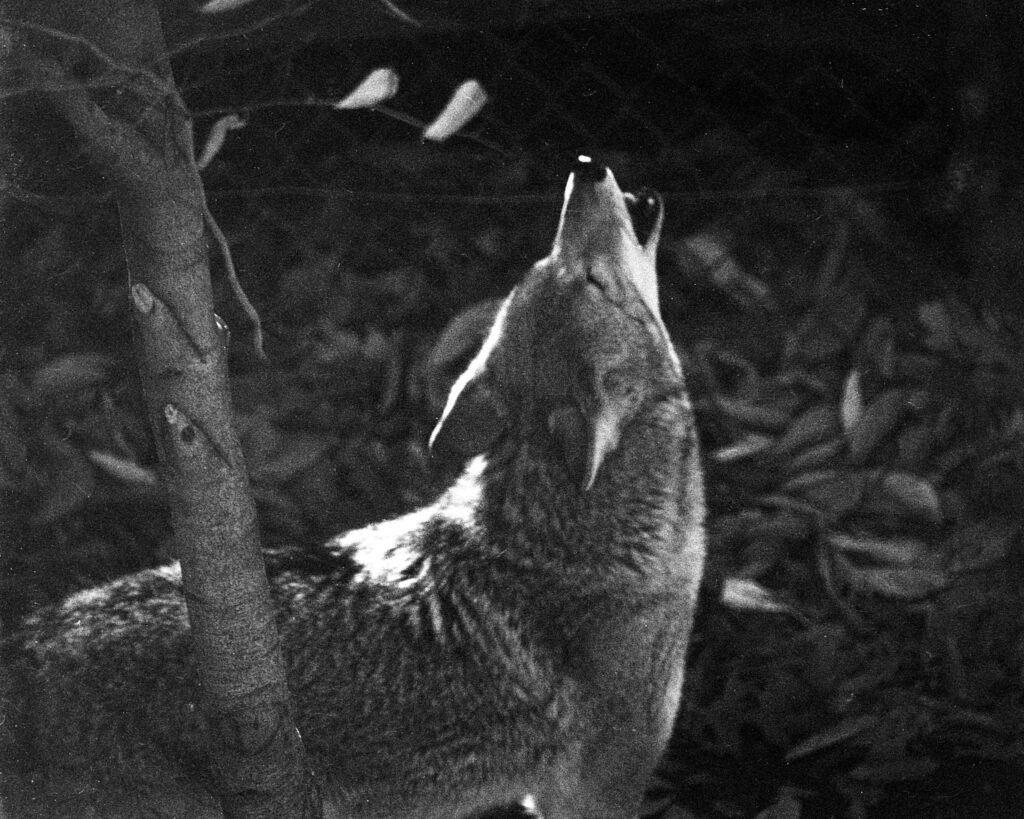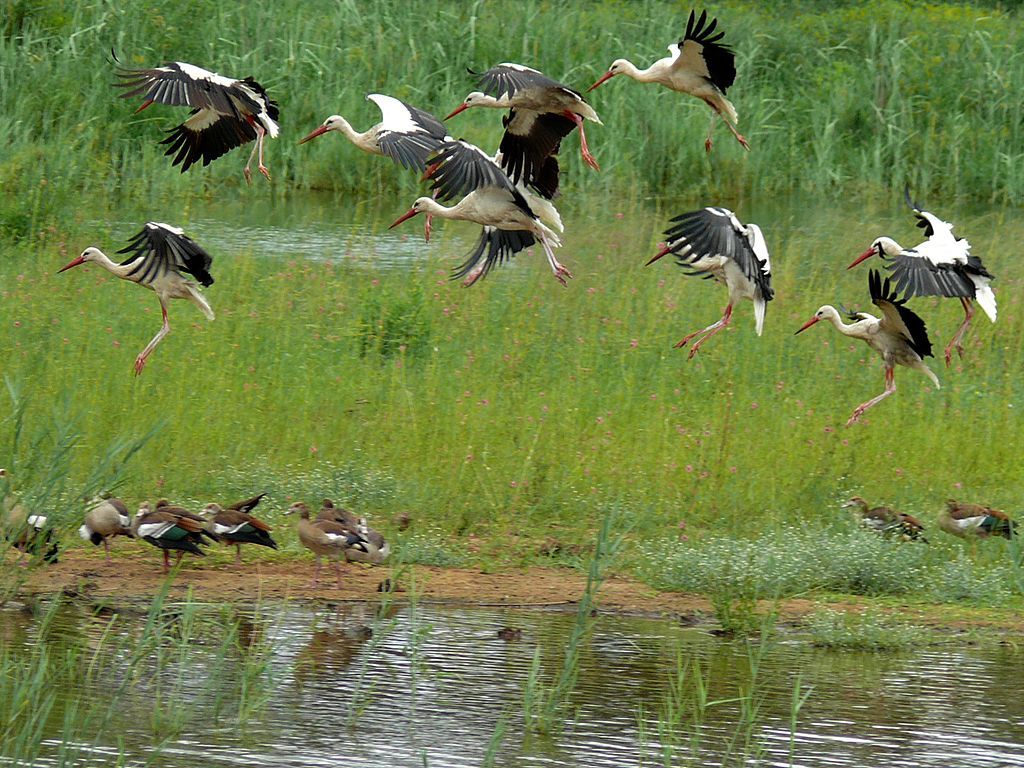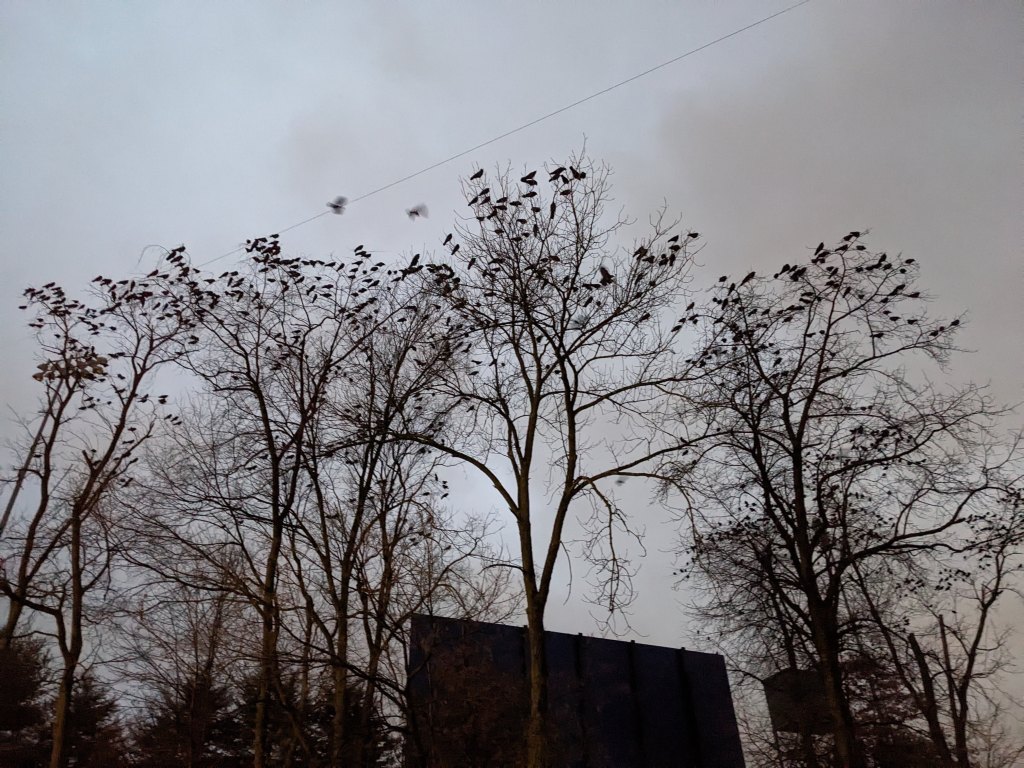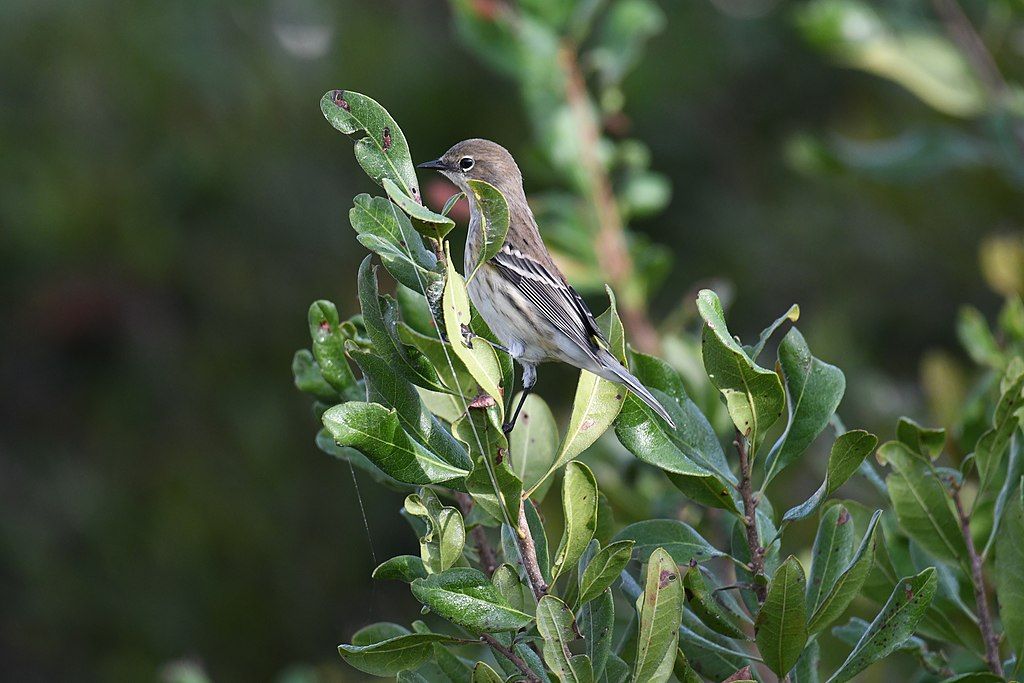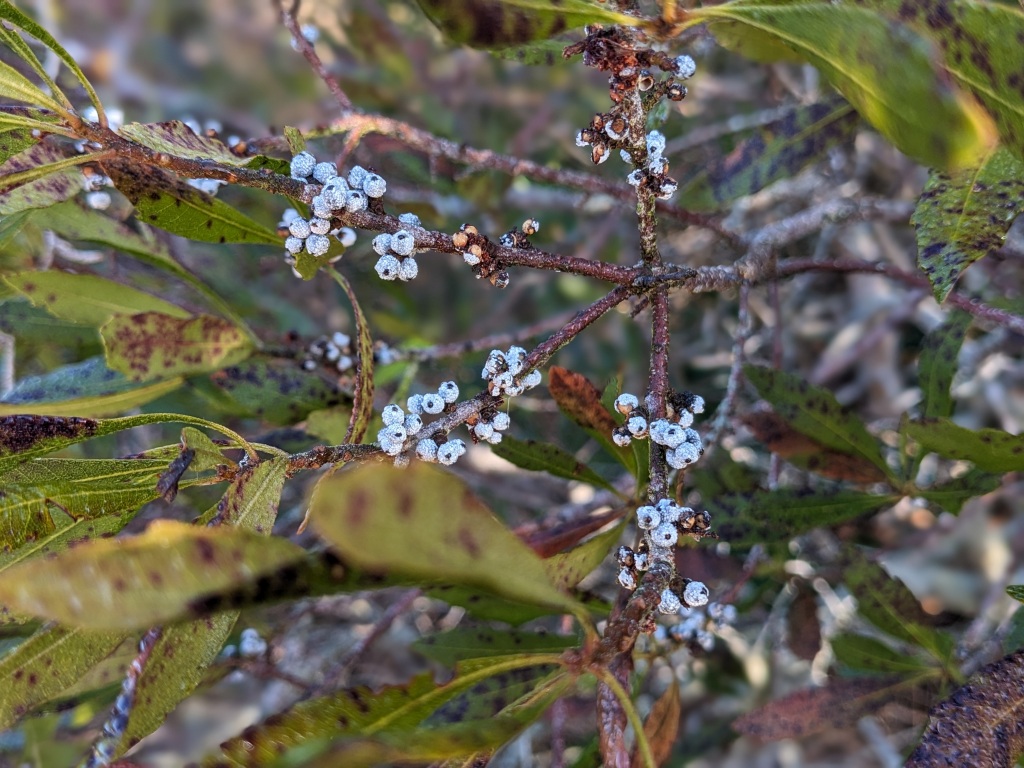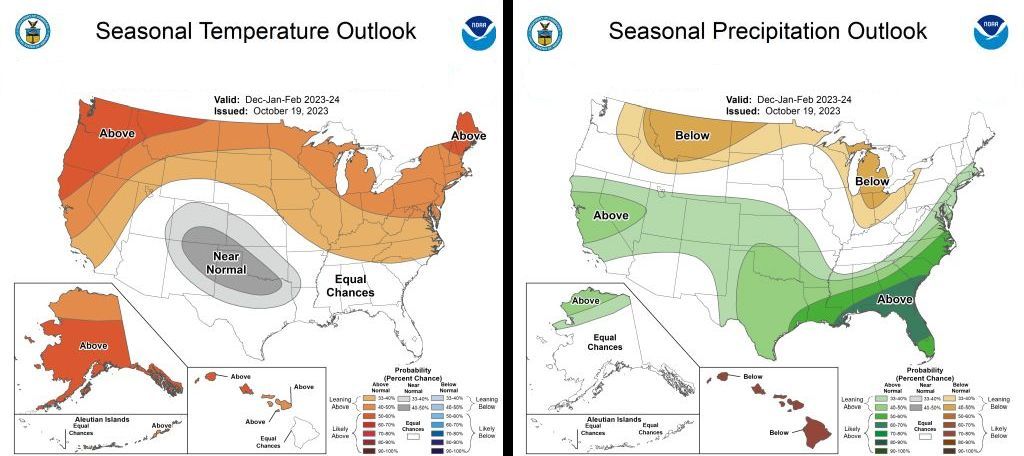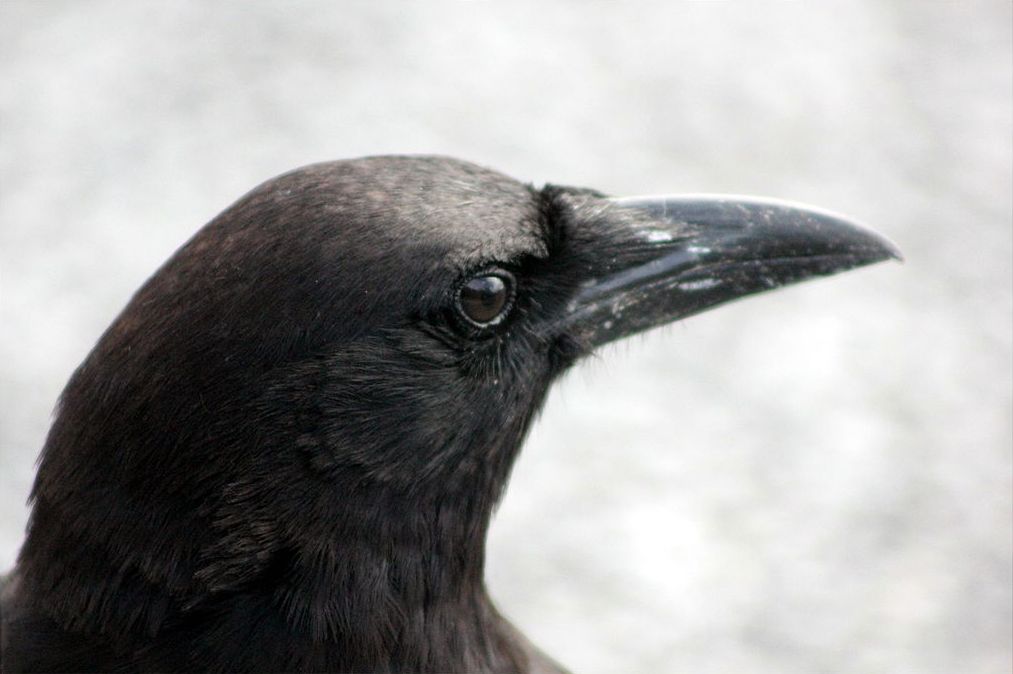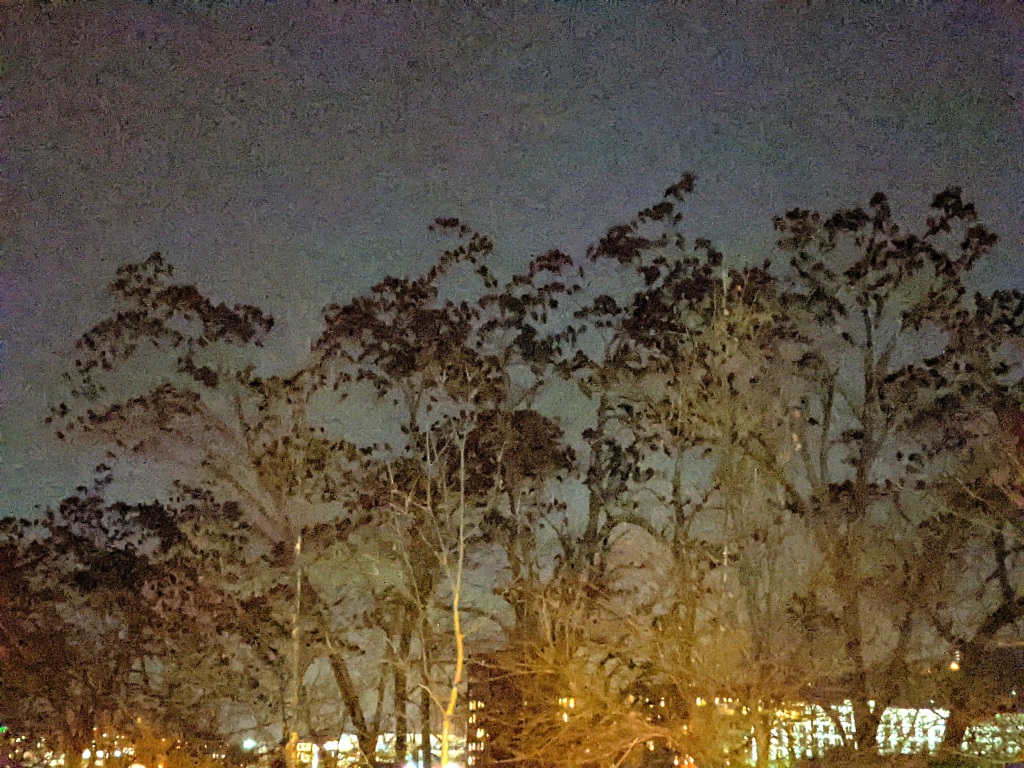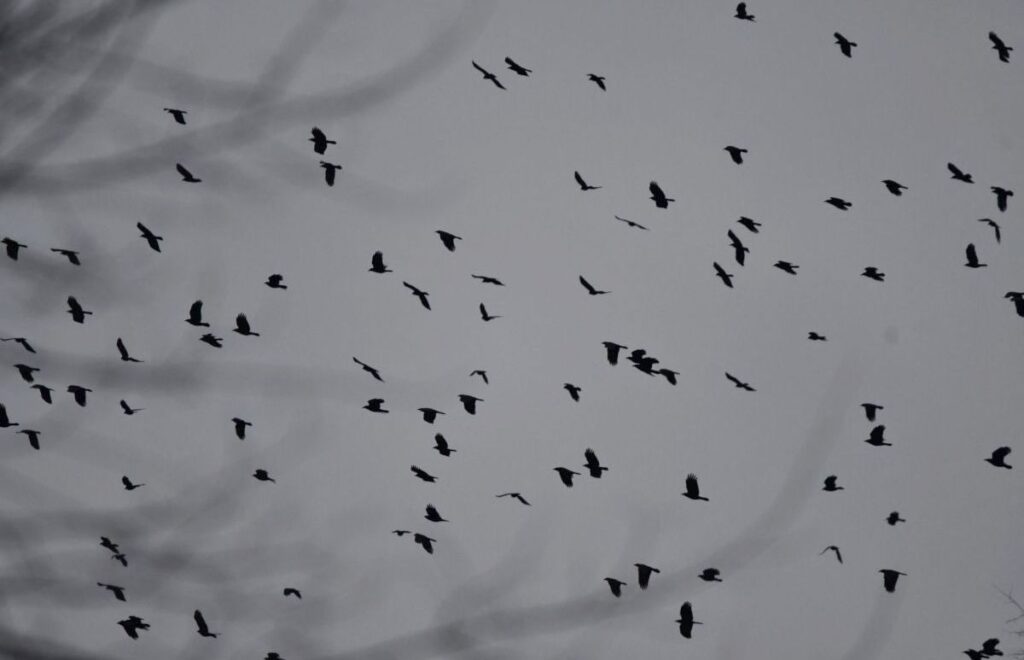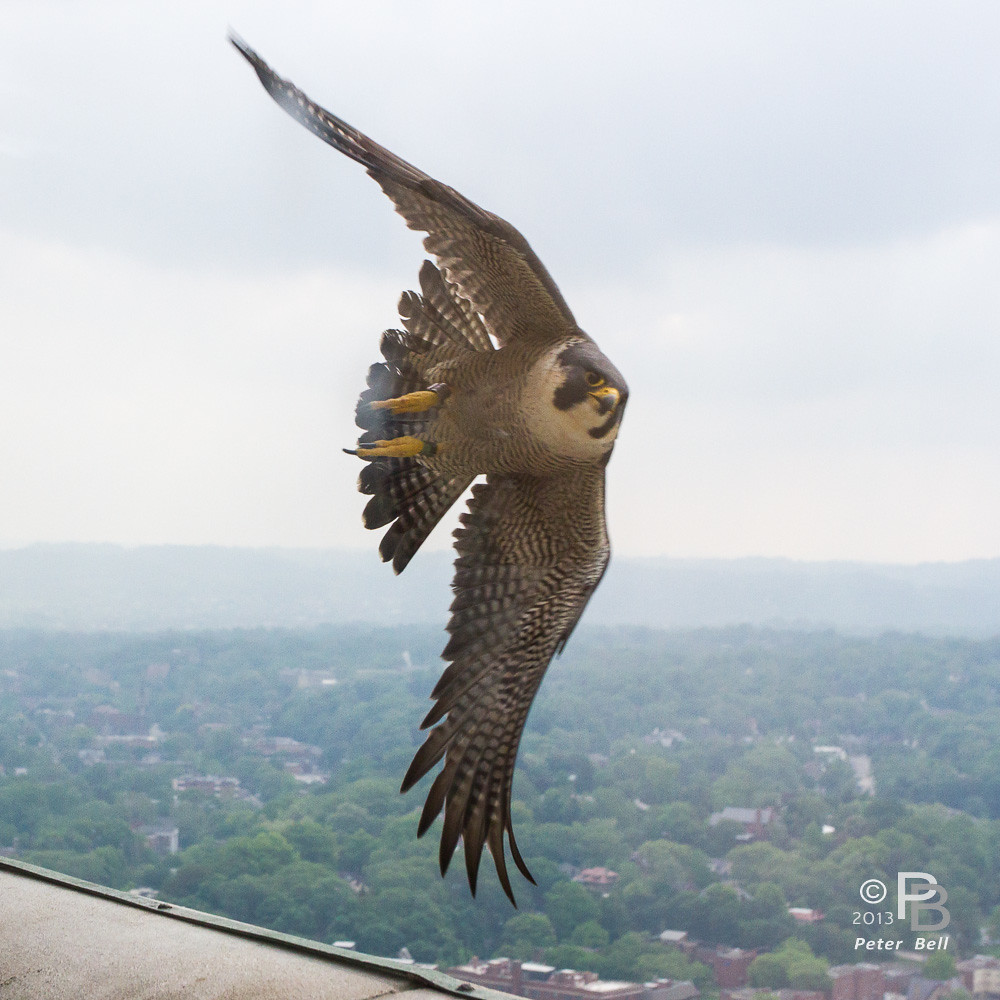
5 January 2024
My Audubon calendar had a surprise for me this morning. Today is National Bird Day, a little-known celebration established in 2002 by BornFreeUSA in coordination with the Avian Welfare Coalition. Since both organizations focus primarily on the well being of captive animals and birds, the celebration has not gained much notice in the birding community. However it’s a great excuse to celebrate my own favorite bird.
The peregrine falcon pictured above is the only wild bird I’ve ever been able to recognize and learn as an individual. Dorothy arrived at the University of Pittsburgh’s Cathedral of Learning in 2001 at age 2 and had her first successful nest in 2002, the year that National Bird Day was established.
As I got to know Dorothy I learned about her species and became addicted to peregrines. She also taught me a lot about herself and in retrospect the unique characteristics of her generation, the peregrines that repopulated eastern North America.
Dorothy died eight years ago and still is in my heart, especially as nesting season approaches. Here’s a look back at what a great bird she was. Never captive. Always wild.
